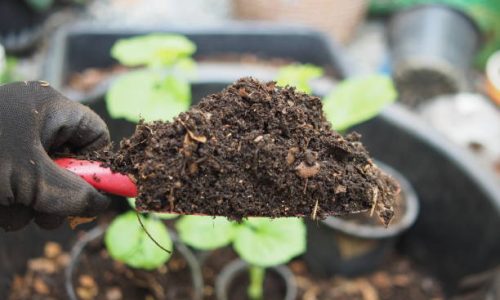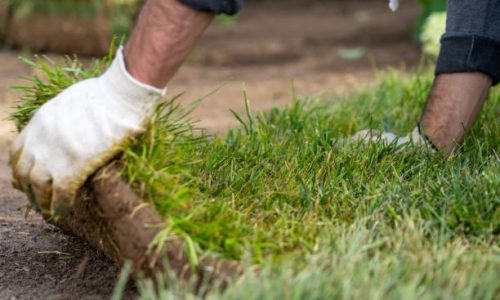A beautiful Lawn Rejuvenation isn’t just about aesthetics it requires a holistic approach that prioritizes healthy soil. Over time, factors like foot traffic, equipment use, and even prolonged rain can compact the soil, hindering the health of your turfgrass. This compaction acts like a barrier, making it difficult for grass roots to breathe, absorb water, and access essential nutrients. This guide delves into the science of aeration, a powerful and evidence-based practice a robust lawn ecosystem.
This phenomenon, a frequent challenge on established lawns, has detrimental effects on turfgrass health:
Aeration is the process of creating channels within soil to improve air and water exchange. This targeted intervention provides numerous benefits for your lawn:


The choice of aeration technique depends on the severity of compaction and your specific needs. Here’s a breakdown of the most common methods:
Aeration is a powerful tool for healthy lawn growth and resilience. By understanding the science behind soil compaction and the benefits of various aeration techniques, you can make informed decisions to revitalize your lawn and achieve a thriving green haven.
